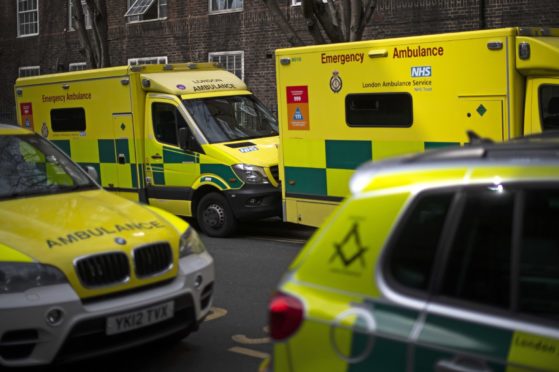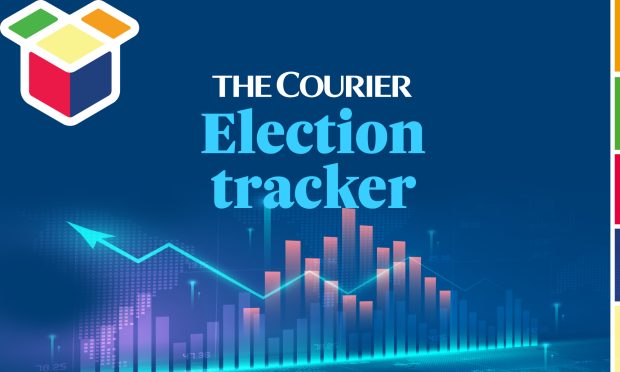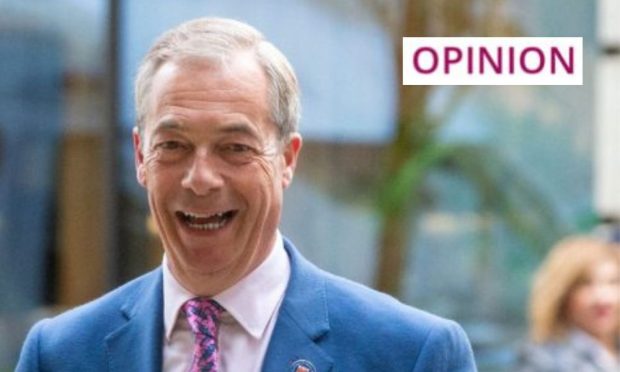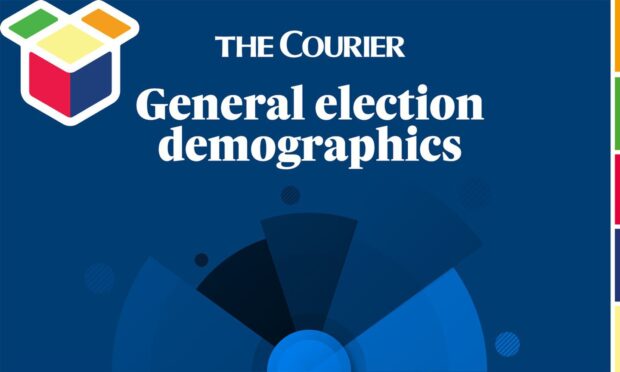Experts here have disputed the findings of a US study that warned the UK could be the European country worst hit by the coronavirus pandemic, with a devastating 66,000 deaths by the summer.
The Institute for Health Metrics and Evaluation (IHME) in Seattle predicts there will be 66,314 deaths from Covid-19 by August, ahead of other European nations already hit hard by the virus, including Italy, Spain and France.
According to the IHME, deaths in the UK will peak in the third week of April, based on a steep climb in daily deaths early in the outbreak — with a shocking estimate of 2,932 fatalities on April 17.
At that point the country would need more than 102,000 hospital beds, at a time when there are only around 18,000 available, the IMHE says. Similarly, its researchers predict that 24,500 intensive care beds will be needed and just 799 are available.
We project that demand for hospital beds in many European countries will exceed supply. For example, we project that the UK will need 102,794 hospital beds at the peak, compared to 17,765 available, a shortage of 85,029 beds. ➡️https://t.co/6w6HISy7U0 pic.twitter.com/KAp8KYn9Xk
— IHME_UW (@IHME_UW) April 9, 2020
Dr Chris Murray, IMHE director, said the forecasts and numbers for the UK were “particularly concerning”.
He added: “They suggest a peak right in the middle of the month and that there will be continued increases in daily deaths until that peak and a huge stress on the health system in terms of the demand on, or at least need, for ICU beds and ventilators.
“This I’m sure is being thought about very carefully by the NHS and other leaders in the UK.”
Dr Murray added it was “hard to tell” why the UK appeared to be experiencing “quite a large epidemic” but said there was a question over how quickly social distancing measures were put in place.
He added: “It is unequivocally evident that social distancing can, when well-implemented and maintained, control the epidemic, leading to declining death rates.
“Those nations hit hard early on implemented social distancing orders and may have the worst behind them as they are seeing important progress in reducing their death rates.”
‘Their healthcare demand model is wrong, at least for the UK’
However, the newly-released data have been disputed by some leading experts, including Professor Neil Ferguson of Imperial College London, whose modellers are relied on by the UK Government.
The university’s modelling, which prompted a change to the government’s strategy towards more restrictive measures last month, said deaths could reach 260,000 in the UK with no restrictions on movement, but they hoped to get deaths down to 20,000 through the lockdown strategy.
Professor Ferguson said the IMHE figures “do not match the current UK situation”, adding that the numbers used by the IMHE were at least twice as high as they should be for current bed usage and deaths in the NHS.
“Basically, their healthcare demand model is wrong, at least for the UK.”
Asked about ventilator supply on Thursday, the Prime Minister’s spokesman said there are now 10,000 ventilators available to NHS patients, with another 1,500 mechanical ventilators on order.
He added: “What’s really important to stress is that we do have capacity across the NHS. We now have spare critical care beds and ventilators, in part thanks to the hard work of NHS staff and others in recent weeks to ensure that the health service is equipped.”
Meanwhile, Dr Simon Gubbins, head of the transmission biology group at the Pirbright Institute, said the two models were developed for different purposes, with the Seattle-based study a statistical model developed to advise healthcare providers on the potential resources needed to deal with Covid-19, primarily in the US.
It could simply be that the IMHE model is more cautious about the impact of social distancing on spread in the UK.”
He added: “By contrast, the Imperial one is a complex transmission model that describes the spread of the virus that causes Covid-19 in the UK and was developed to assess the impact of different control measures, such as social distancing, on Covid-19 cases and deaths.
“Working out why the predictions are so different between the models is difficult, because the underlying models are so different.
“It could simply be that the IMHE model is more cautious about the impact of social distancing on spread in the UK.”
Cambridge University Professor Sylvia Richardson, president-elect of the Royal Statistical Society and co-chair of the Royal Statistical Society task force on Covid-19, said the Seattle team’s claims should be treated with “considerable scepticism”.
She added that the IMHE’s projections are based on “very strong assumptions” about the way the epidemic will progress, based mainly on the experiences in other countries, rather than any modelling of the epidemic itself.
“Methods like this are well known for being extremely sensitive, and are likely to change dramatically as new information comes in,” she added.
The study is based on modelling the peak in death rates and hospital usage in Wuhan, China, where the virus was first discovered, as well as data from seven European locations that have peaked, including Madrid, Spain, and Lombardy, Italy.
The IHME has said that the research is designed to be updated daily and that given the UK is still at an early stage of its outbreak, the predictions may be revised.






